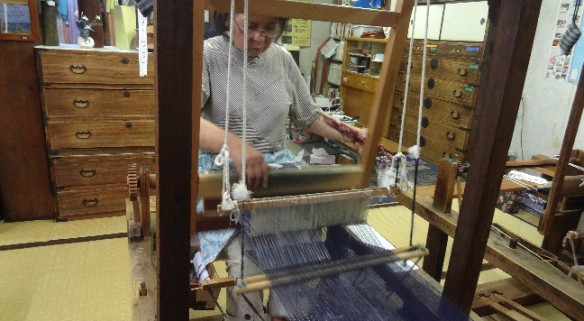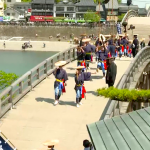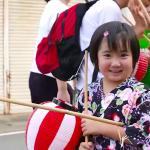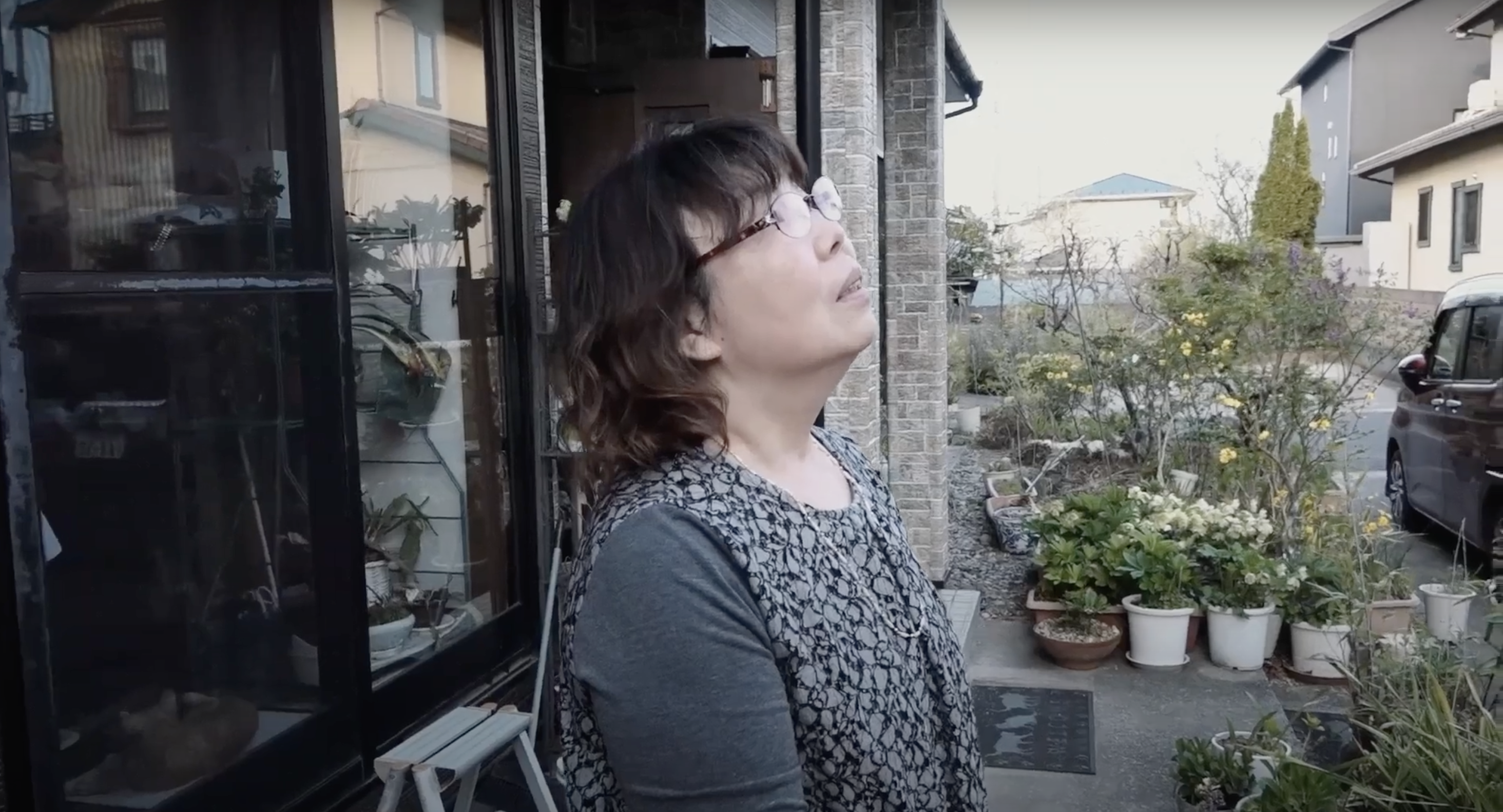TRAVEL

Okada village's proud pure Cotton
Chita city, Aichi Pref.
TRAVEL
2014
30mins Episode(s): 1
english
Japanese




Sarashi (untreated) cotton fabric can be used in many ways.
Since the early time of the Edo period, Chita Sarahi, produced in Okada village, in Chita city, has been sold in Edo, and it resulted to become the biggest cotton-weaving city.
The manufacturers have now declined, however, the local residents still weave cotton for home use, and they are handing over their skills to the next generation.
This documentary shows how Chita Sarashi, once famous in the Edo period, has been transformed while preserving the beautiful lines of old houses and warehouses.
*Part of the 'Beauty of Japan' series.
The manufacturers have now declined, however, the local residents still weave cotton for home use, and they are handing over their skills to the next generation.
This documentary shows how Chita Sarashi, once famous in the Edo period, has been transformed while preserving the beautiful lines of old houses and warehouses.
*Part of the 'Beauty of Japan' series.
Customers who watch this video also watch
-
Love Stories from Fukuoka
2011 50 min Love Stories from Fukuoka is a yearly TV drama that is aired around St. Valentine's Day. Viewers from Fukuoka city, the capital of Japan's southern island of Kyushu, send in stories of their own experiences with love, loss, and longing. The program features many actors, celebrities, and athletes who...more details -
Kintaikyo Bridge Festival -A Step Back in Time-
2018 30 mins[Festivals of Japan Season 2] Kintaikyo is one of the three most famous bridges in Japan. Located in Iwakuni City, Yamaguchi Prefecture, the bridge provides the stage for the annual Kintaikyo Bridge Festival in spring. Welcoming its 40th time, the festival showcases a colorful reenactment of feudal lords returning from...more details -
Jizo-bon Festival -Choraku Temple of the Valley-
2018 30 mins[Festivals of Japan Season 2] Jizo-bon is a festival that celebrates the Jizo Bosatsu, or "Kshitigarbha," and takes place in the Kinki Region of Japan. The Jizo-bon culture of Choraku Temple in Kakogawa City, Hyogo Prefecture, has been passed down from the Edo Period. In the evening, men carrying large...more details -
Live! Just Live!
 2025 2025 World Media Festivals: Silver Thirteen years after the Great East Japan Earthquake and the nuclear power plant accident, mental health issues such as delayed-onset PTSD have been on the rise in Fukushima. Dr. Aritsuka spends his days listening to the voices of many patients. Mr. Yonekura, from the NPO...more details
2025 2025 World Media Festivals: Silver Thirteen years after the Great East Japan Earthquake and the nuclear power plant accident, mental health issues such as delayed-onset PTSD have been on the rise in Fukushima. Dr. Aritsuka spends his days listening to the voices of many patients. Mr. Yonekura, from the NPO...more details



